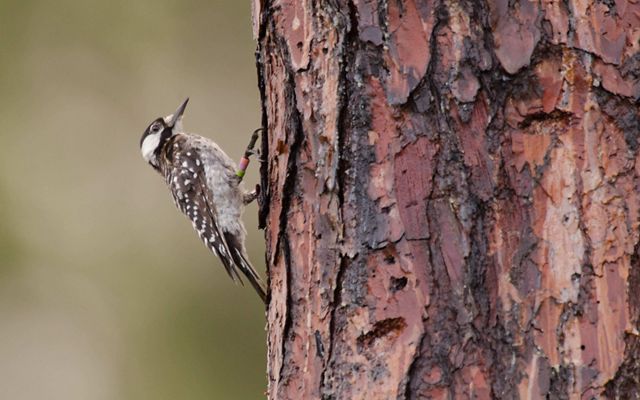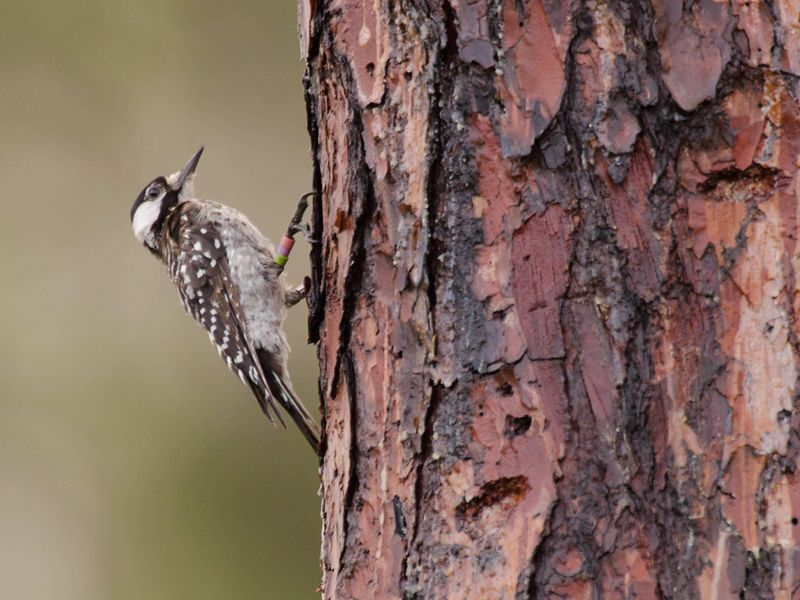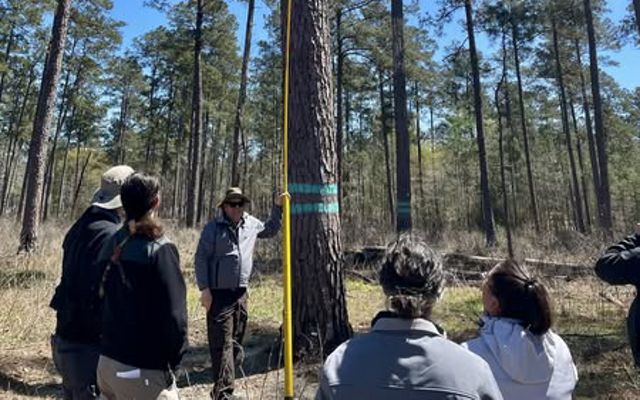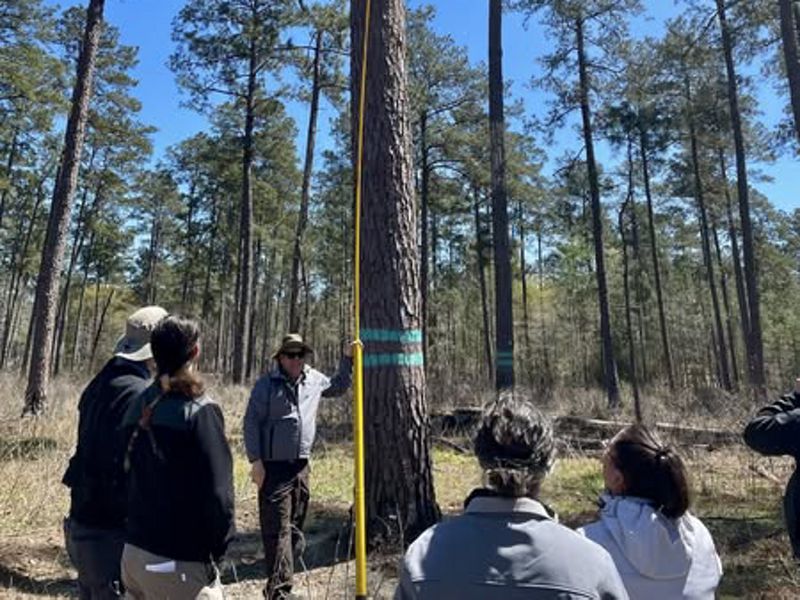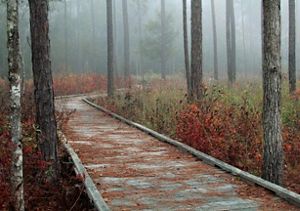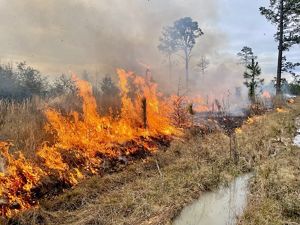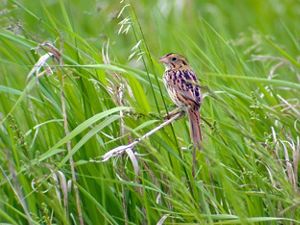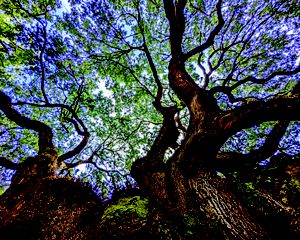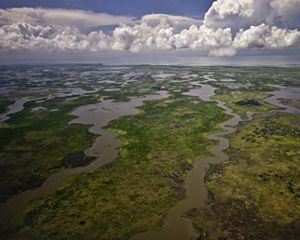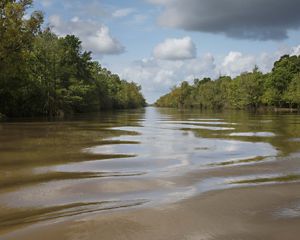Description
The Nature Conservancy’s Abita Creek Flatwoods Preserve is located in southeast Louisiana, within the flatwoods region of the East Gulf Coastal Plain, which extends from this part of the state eastward to the Florida panhandle. In a longleaf pine savanna, scattered trees and shrubs grow among dense, wet groundcover dominated by grasses, sedges and a variety of wildflowers. Only relatively small, highly fragmented examples of this ecosystem remain in the region.
When healthy, longleaf pine savannas and other associated wetland communities play an important role in retaining floodwater, recharging groundwater, filtering water and providing habitat for several rare plant and animal species. However, longleaf pine savannas are among the most threatened habitats in North America, with only 1 to 5 percent of the original acreage estimated to remain. They continue to decline at an alarming rate as a result of land conversion to agriculture and loblolly or slash pine plantations, clearing for commercial and residential development, alteration of the natural fire regime, among other reasons.
Due to the continued loss of longleaf pine habitat in the flatwoods region, conservation efforts are critical in this part of Louisiana. TNC’s Abita Creek Flatwoods Preserve serves as a demonstration site for restoring and managing a longleaf pine flatwood savanna. On a broader scale, TNC is partnering with conservation-minded landowners in the vicinity who collectively own several thousand acres being restored to native habitats. Together, the partners hope to protect at least 10,000 acres in this landscape to ensure long-term viability of the savanna habitat and the many associated species it supports.

